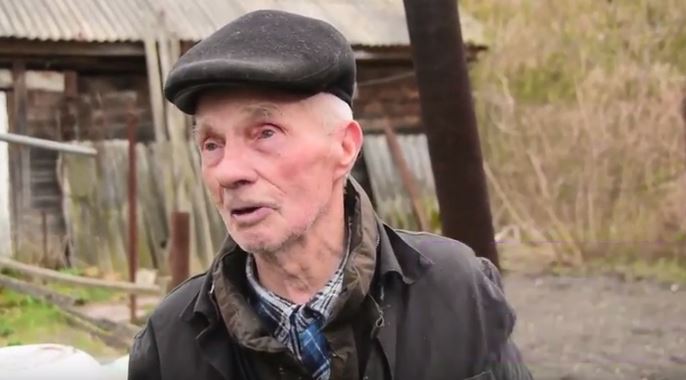It was in October 1988, two and a half years after the disaster in Reactor Block 4 of the Chernobyl Soviet nuclear power plant (NPP), that I traveled to Chernobyl for the first time. I and other German anti-nuclear activists had been invited by the Soviet Writers’ Association. My most recent visit to the Exclusion Zone took place on 26 April 2016, the 30th anniversary of the disaster. In 2021, experts are trying to deal with the aftermath of the Reactor 4 explosion for a full 35 years.
Over the decades, during which time I returned to the Exclusion Zone at least every ten years, I have come to understand that a nuclear disaster has no ‘afterwards.’ For a great many people of the former Soviet Union, most of whom are now citizens of Ukraine or Belarus, the explosion of Reactor Number 4 in Chernobyl destroyed the past and the future. They have lost their land, their homes, their family graves, and their health. The consequences of the biggest nuclear incident to date are still affecting their children and spoiling their future.
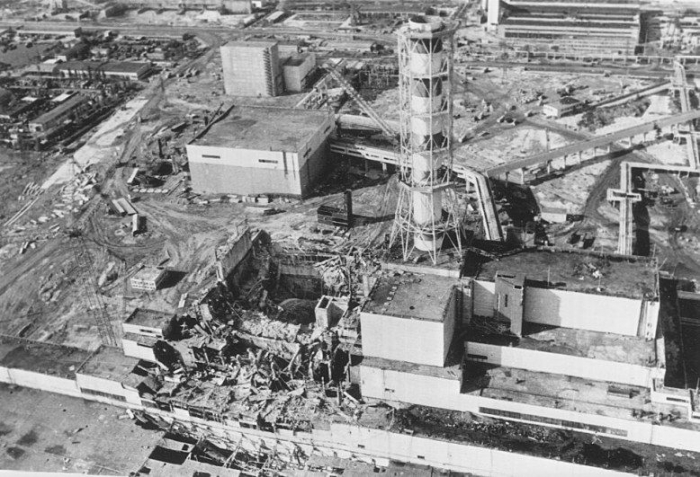
The route from Kyiv to Chernobyl leads through a rather sparsely populated landscape dotted with woods, fields, and tiny villages. In 1988, the thing that surprised me the most was that the roads became busier the closer we came to the evacuation zone.In the years following the disaster, it became normal to regard the liquidators of Chernobyl as heroes and heroines. The Soviet Union had recruited thousands of them, and it had never occurred to them to withhold their service. Most of them had gone in with only a vague inkling that this job would be unlike anything they had ever known before.
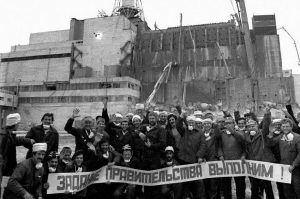
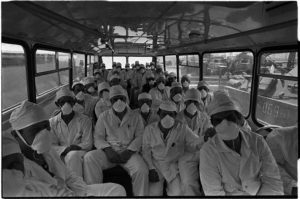
136,000 people were evacuated from the 30-km zone following the explosion in Reactor Number 4. Over the next two and a half years, as many as 230,000 civilians officially participated in the clean-up work in the area. 600,000 people had been placed on a Chernobyl public health register and were being examined regularly.
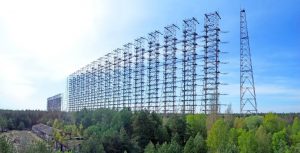
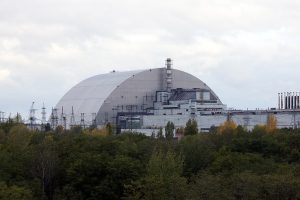

The more I heard about the arch, this cathedral of the apocalypse, the more I understood the message – that man had, against the odds, defeated the nuclear fire after all. The implication that atomic disaster is manageable may go some way to explain the generosity of some of the donors.
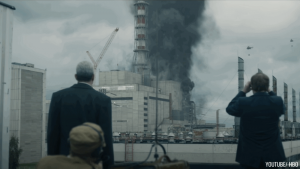
Almost 5% of the territory of Ukraine has to be monitored due to soil contamination, including more than 2,000 towns and villages. The Dnipro Basin, into which the River Pripyat drains, must be constantly monitored, as the river supplies 32 million people with water and 1.8 million hectares of land with irrigation. The health of hundreds of thousands of Ukrainians who were subjected to extreme radiation exposure must be regularly checked. 6 million people live in contaminated areas in Ukraine, Belarus, and Russia.
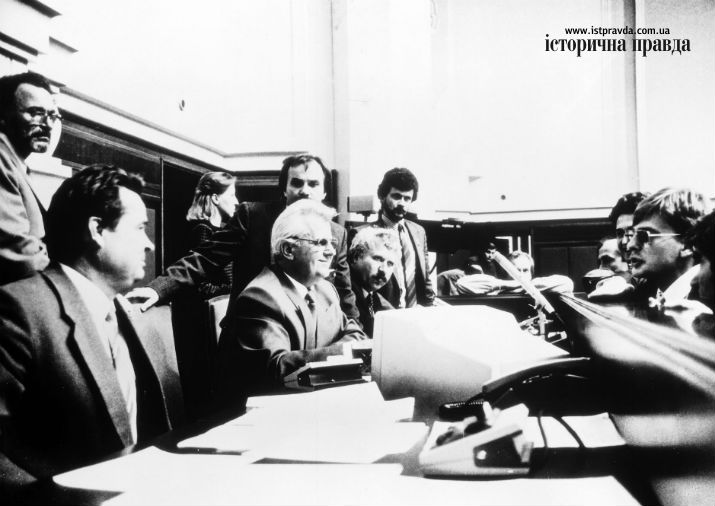
 Rebecca Harms is a German politician, Vice Chair of the European Center for Press and Media Freedom, former Member of European Parliament (MEP) from Germany.
Rebecca Harms is a German politician, Vice Chair of the European Center for Press and Media Freedom, former Member of European Parliament (MEP) from Germany.
Read more:
- Kremlin knew Chornobyl was an accident waiting to happen 3 years before 1986 disaster
- Restoring the equilibrium: wild nature is making a comeback at the Chernobyl exclusion zone
- Ukraine declassifies 190 more KGB documents on Chornobyl disaster
- The mystery of Chornobyl’s wild horses
- Chornobyl: Reality and fiction in the popular miniseries, according to eyewitnesses
- Chornobyl wildfires that raged for ten days near nuclear facilities extinguished
- Chornobyl nuclear disaster was tragedy in the making, declassified KGB files show
- Soviet Chornobyl-times instinct to lie still omnipresent in Russian propaganda





